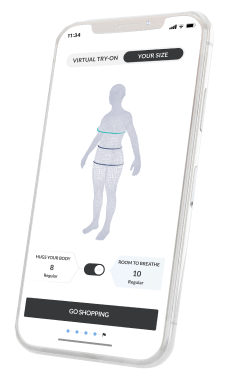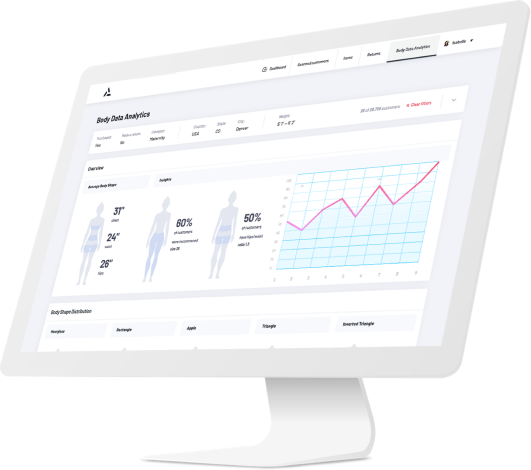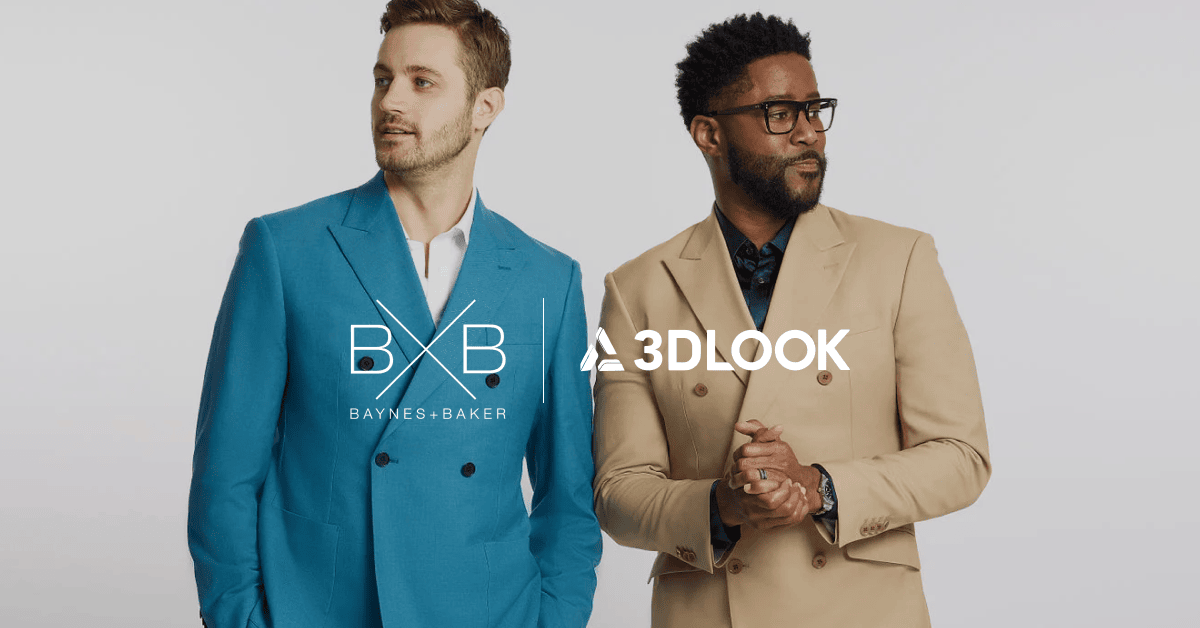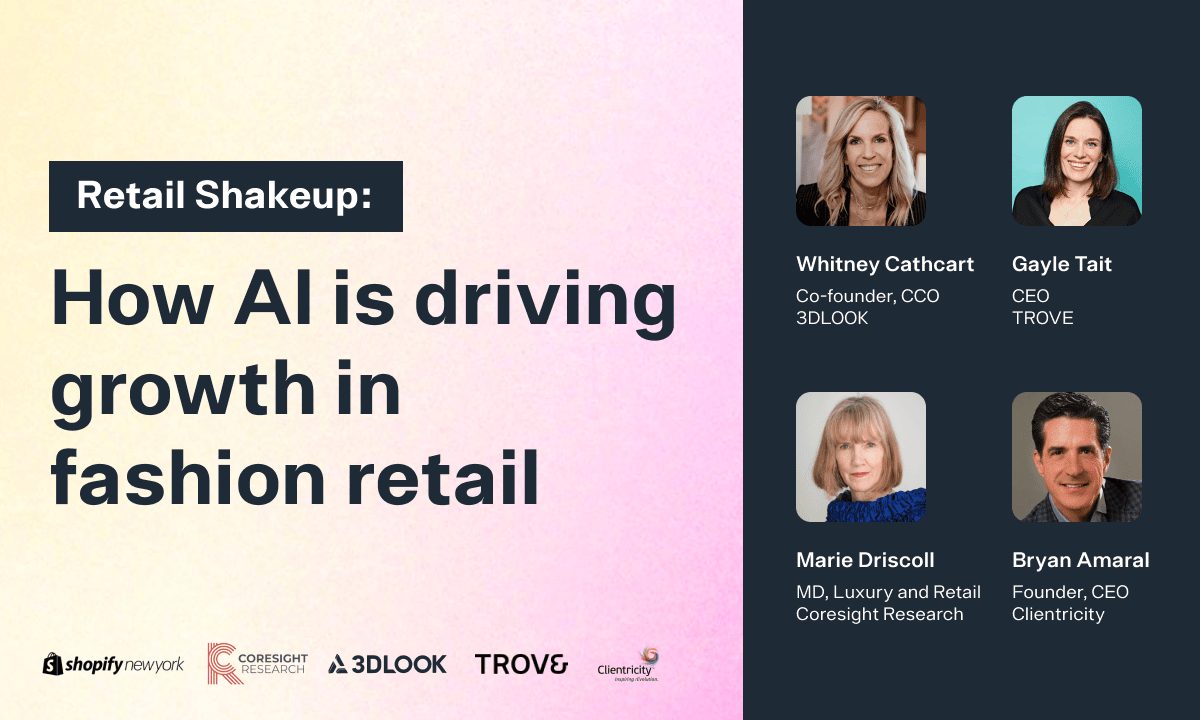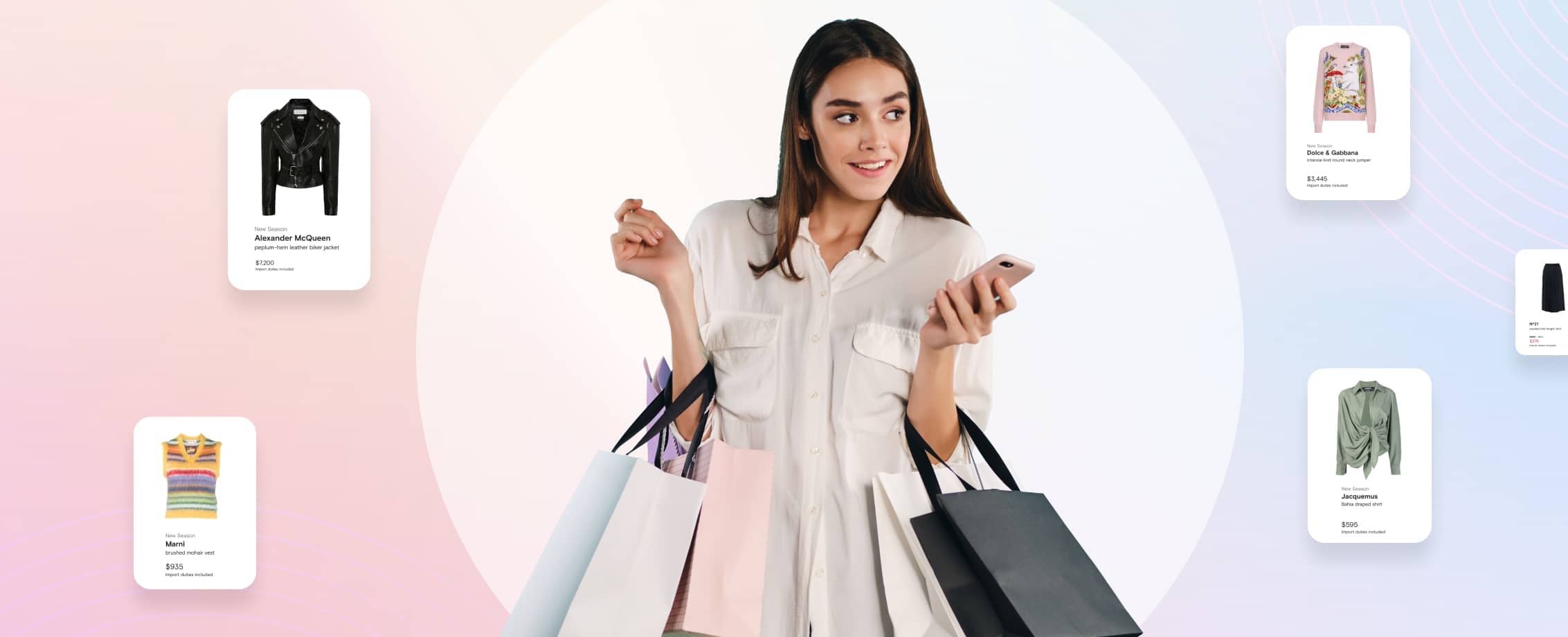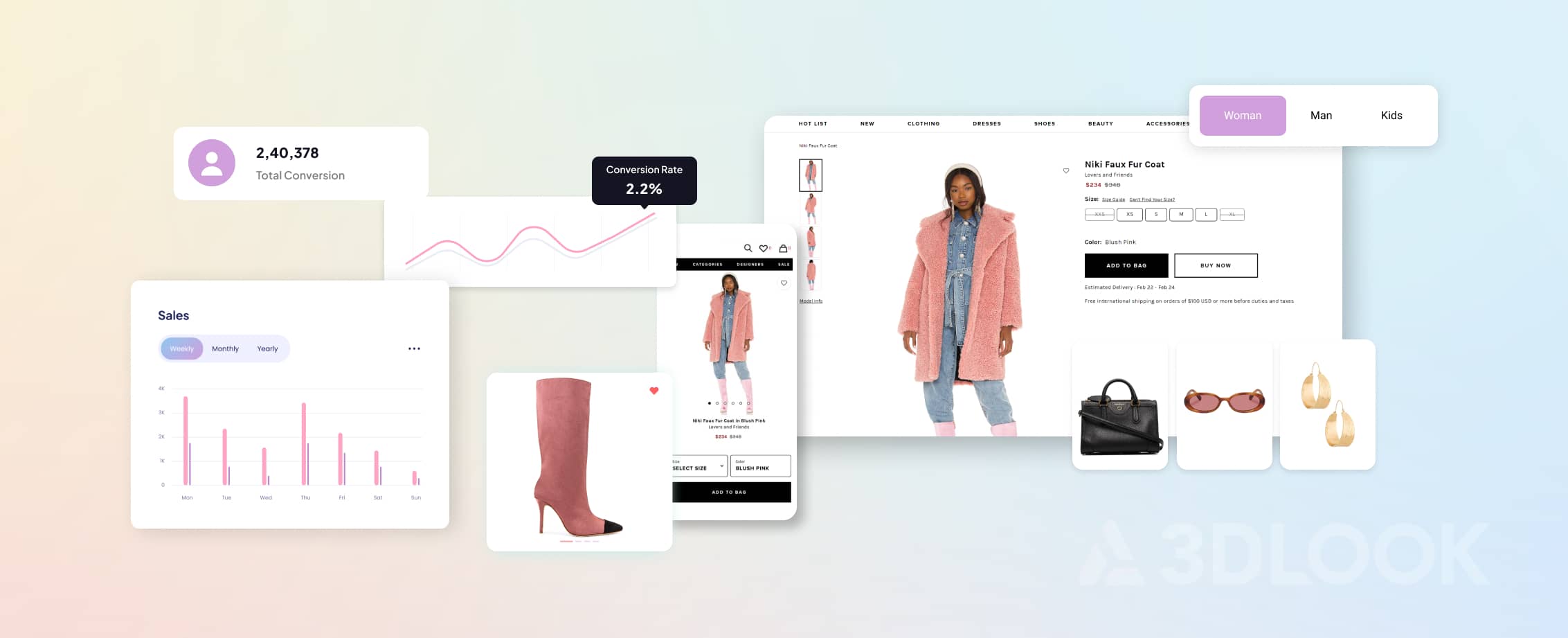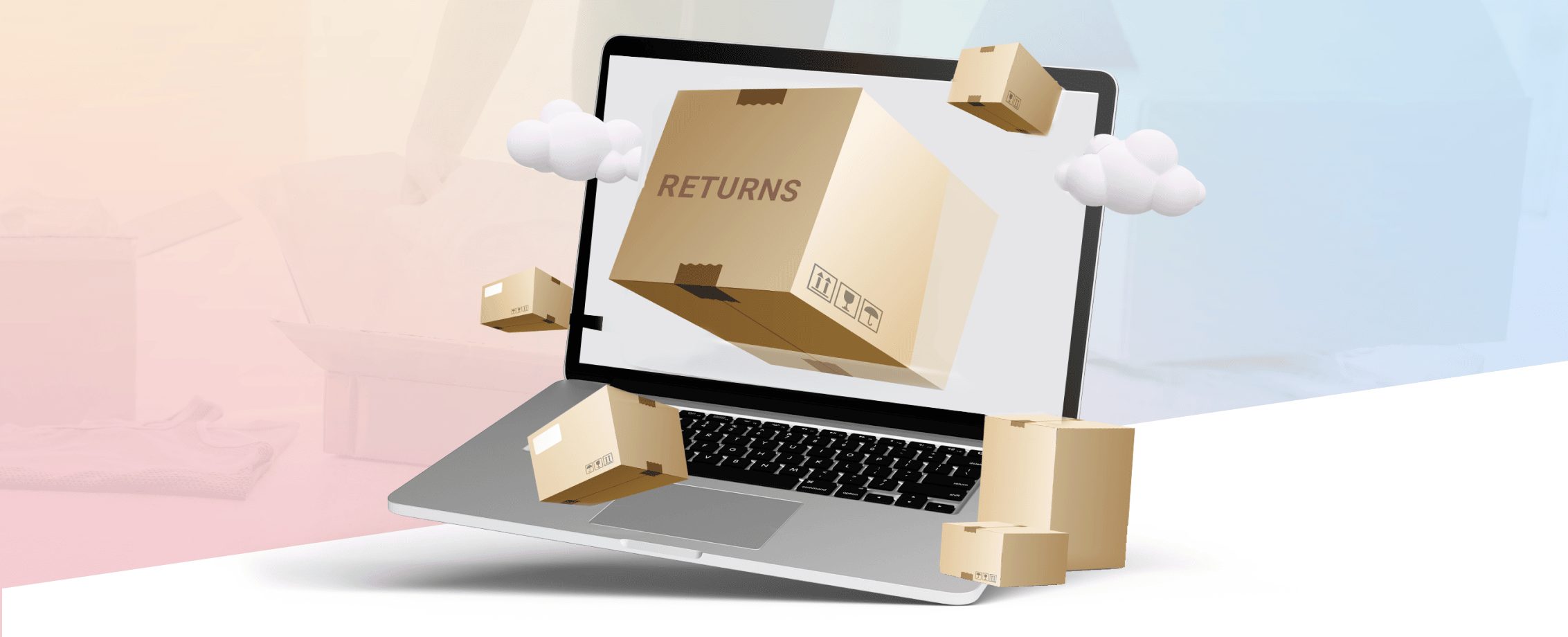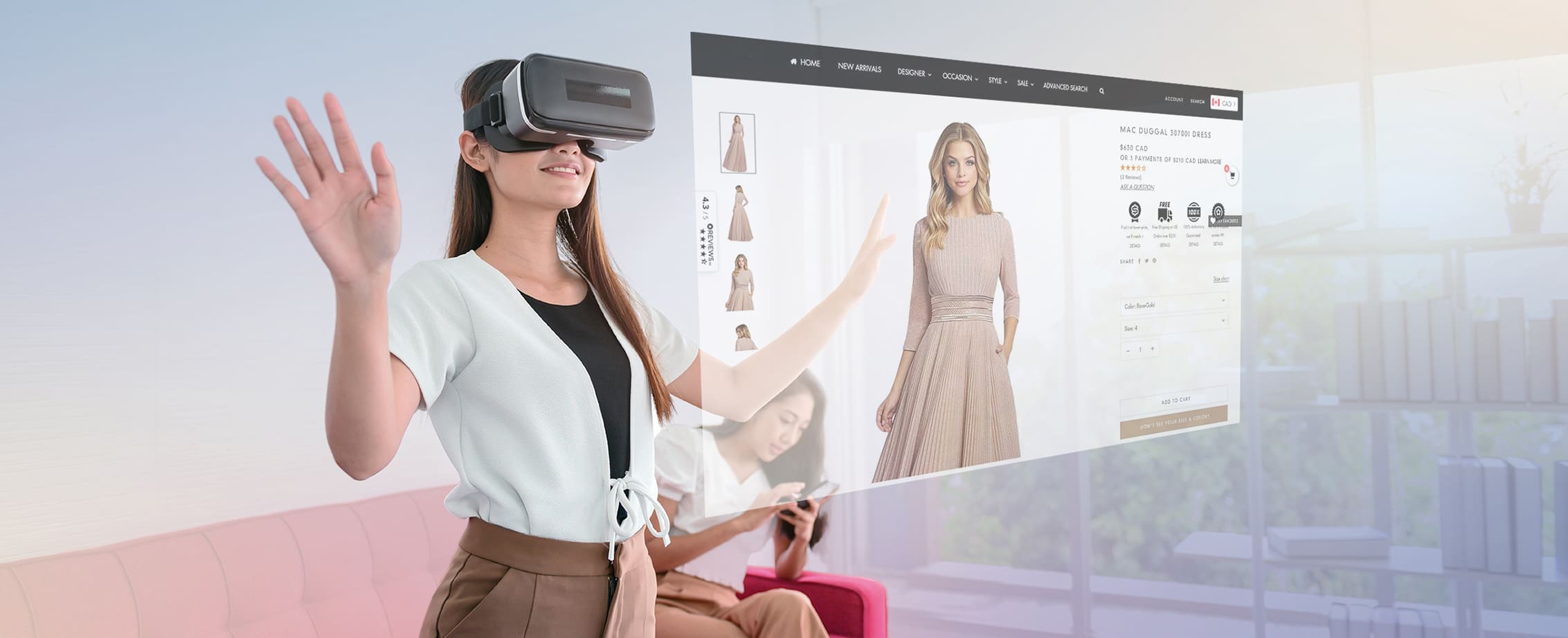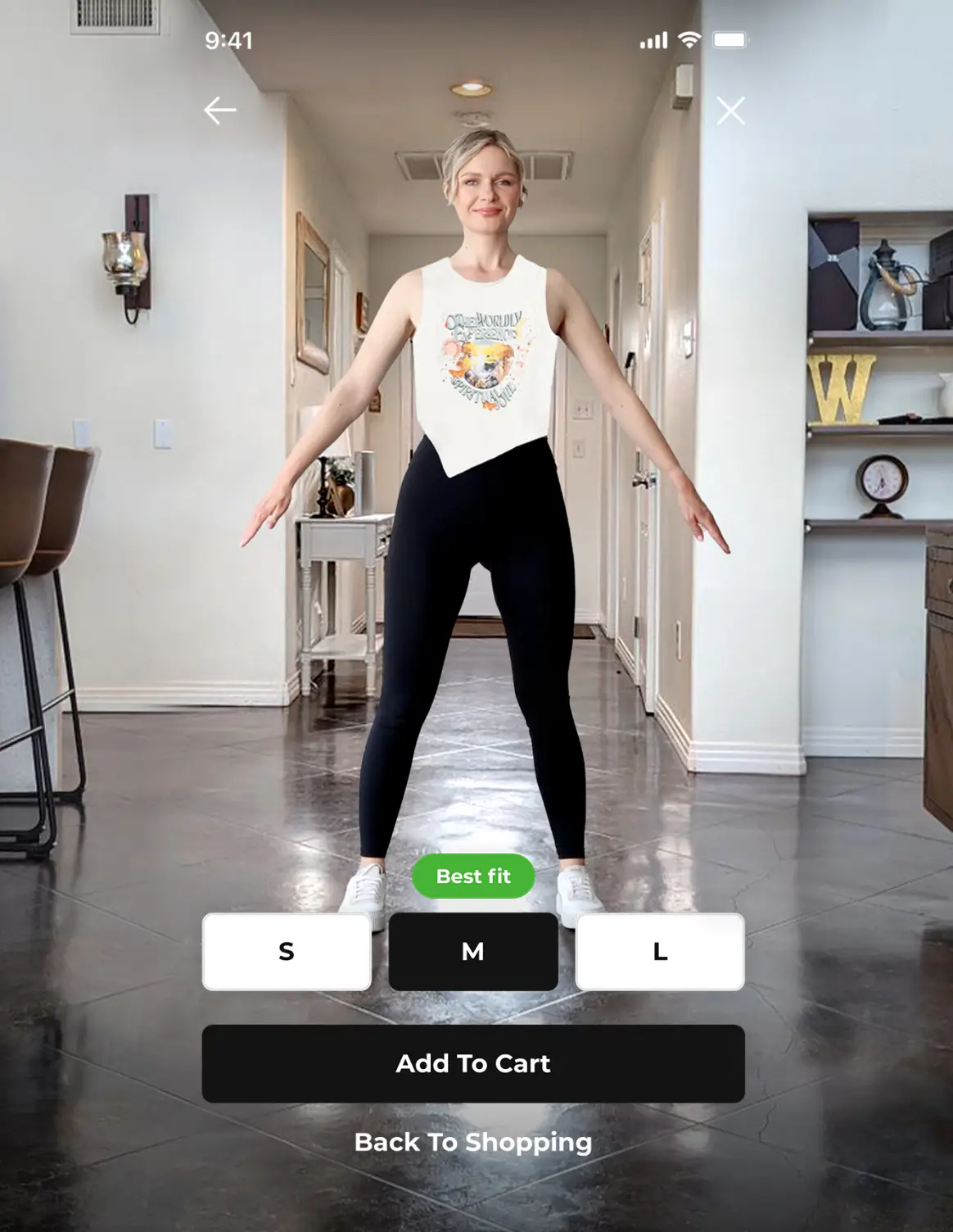Personalized online shopping experience for your customers: 7 best practices for standing out
How can your company provide such a personalized experience for your clients right away? The following piece will discuss seven basic ways to do so.


Share on
What makes a strong shopping experience? At its most elemental, shopper marketing is still centered on influencing purchase decisions, increasing engagement, and driving sales. Historically, that meant in-store, but with shopping ever more ubiquitous through online and mobile, many retailers now revisit their practices to become more trusted advisors to their customers and cater to more personalized, immersive and truly meaningful shopping experiences.
Consumers do not approach shopping like they used to. With the freedom to buy anytime, from anywhere, in any way, they don’t want to be sold a product; rather, they want an integrated, holistic and relevant shopping experience that is personalized to their unique desires, preferences, and lifestyles. This is especially true for fashion, which is the way for people to express themselves and embrace their individuality. There is no standard for comparison; it is about individual taste. So when helping customers buy clothes they will love and keep, the approach should, therefore, be unique and personalized too.
Embracing personalization is paramount to success in today’s extremely competitive marketplace and online fashion retail in particular. How can your company provide such a personalized experience for your clients right away? The following piece will discuss seven basic ways to do so.
1. Personalized Email Communication
How effective is a personalized email? According to the Experian study, consumers are 26% more likely to open a personalized email than a generic, broadcast message. More importantly, it generates a 41% higher unique click rate than batch-and-blast campaigns. Think about it: if someone knocks on your door, you’ll probably be more willing to engage with that person if it’s one of your neighbors instead of a total stranger.
Here are some ideas on how to power personalization via email communication:
- Personalize the subject line for each recipient, to the extent possible. It is the lowest-hanging fruit of personalization that can be achieved by simply pasting a suitable personalization tag
- Send out emails based on previous customer interactions (new account sign-up, a completed purchase, an abandoned shopping cart) that should trigger personalized one-to-one correspondence with additional incentives such as free shipping or a coupon code
- Send out newsletters and messages that highlight personalized product recommendations, sales offers or special events (like holidays or anniversaries)
- Make sure to filter out information that would be irrelevant to the recipient, such as advertising women’s wear to a man, or baby clothes to a customer without children
2. Website Interaction
A customer’s interaction with your website should be personalized from the very outset, especially with the instruments available today. Even a small personalized message addressing signed in visitors by the first name on the home page can work wonders.
Many brands welcome visitors with customized website elements based on their geographic location:
- a home page/navigation menu
- welcome messages
- online popups
- website language
- currency
- shipping availability, etc.
3. Personalized Product Recommendations
You can recommend products to your customers through emails, on-site while they are still shopping, or via targeted ads. However you decide to do it, it’s vital to have a well-defined product recommendation strategy in place.
Some common strategies include:
- Featuring personalized recommendations on the home page
- Making personalized offers in dedicated sections of category pages
- Pairing complementary products together by cross-selling/upselling on the product pages or the shopping cart page
- Personalizing product recommendations based on user session data
Online fashion retailers often leverage customer’s geo-location by retrieving the current weather at the shopper’s IP to make weather-sensitive clothing recommendations. For instance, at a particular time of the year, you may recommend new stylish raincoats for a customer who lives in Seattle, or a collection of swimwear for a client shopping in Los Angeles.
On-site product recommendations powered by machine learning in e-commerce have proven to be one of the most effective ways to drive additional revenue through personalization. The Salesforce report on personalized shopping uncovered a startling statistic – shoppers that clicked on recommendations are 4.5x more likely to add items to cart, and 4.5x more likely to complete their purchase.
4. Personalized Search Results
Research has shown that people rarely click past the first page of search results: for example, 70% of Amazon customers never click past the first results page when they search the catalog, and these are the first three items in search results that account for 64% of all clicks.
What does this mean? It means that personalized search results are crucial for a customer’s online shopping experience. When people use a search engine, they don’t really want to search. Rather, they want to ask and then receive immediately. Companies that leverage this tendency have a clear advantage over their competitors.
So if you have an online fashion store, consider filtering results based on who is shopping. Encourage visitors to your website to complete a user profile, which should have the functionality to store information on previous purchases, preferred styles, sizes of returned and kept products, or even measurements of your customers and of people they occasionally buy for.
According to Retail Dive, 63% of consumers are interested in personalized recommendations, and the majority of them are willing to share their data provided they get benefits and personalized service for it.
5. Digital Displays
Remarketing, or retargeted advertising, is an excellent way to not only leverage “second chance” marketing but to also provide a high level of personalization for current and prospective customers.
You can use online advertising platforms for promotion on search engines (Google, Bing, Baidu), social networks (Facebook, Instagram, Twitter, WeChat) and other services (Youtube, Yelp, Reddit, Quora) to keep your product in front of visitors that bounced from your site before finalizing a purchase. Make sure to take into account your audience specificities – the popularity of particular platforms for different age groups or locations, e.g., WeChat and Baidu for the Chinese Market.
Leverage Facebook custom audiences to ensure that your ads are focused on specific demographics, and if you have the time and resources to do so, create custom banner ads for your personalized remarketing efforts.
6. Social Media Touch
Social media marketing can provide a cost-effective way to personalize your advertising to those consumers that are already actively engaged with your company on social media like Facebook, Instagram, or Twitter, as well as those who are not currently following your brand. Pixel-based social media targeting can leverage cookies to provide highly personalized ads for each user.
Campaigning in social media channels allows targeting audiences based on their location (from country to postal code and specific address radius), age, gender, language, education, relationship status, job title, hobbies, interests, prior purchase behaviors, device usage, income level and more. This is a very hands-on instrument to deliver personalized and highly relevant content which one shouldn’t ignore.
Of course, it will take a bit more effort to convert prospects into followers and advocates with social media communication, but for consumers that have already bought into your brand, creative storytelling is key. And nothing broadcasts the personality of your brand better than highly engaging content fashioned to suit different audiences and shown them in the right place at the right time.
Regularly offer special deals and discounts crafted for particular audiences of yours, but don’t forget to frame those offers in the context of your brand’s larger narrative. Thus investing in paid social media campaigns, you’ll likely be able to boost brand awareness and conversion rates at the same time.
7. Chatbots
If designed and implemented correctly, your website’s chatbot can become a de facto “personal assistant” for each customer. They can handle routine interactions, make product recommendations based on previous purchase history, and leverage stored data to seamlessly retrieve user preferences from an earlier visit.
The most popular chatbot strategies for personalization include:
- Automatically collecting data on customer’s name, gender, language, timezone, etc.
- Retrieving customer’s style preferences with the help of quizzes to deliver personalized content, messaging and relevant offers
- Getting precious post-purchase feedback
Conversations, even with chatbots, can reveal insights beyond trackable actions. For instance, why does a customer like a particular item? It might be because of the print, or maybe it’s the material. Alternatively, they might not like it at all, as they need it for a gift. You can’t know that unless you’ve asked about it.
As consumer expectations are growing faster and more demanding with each passing year, it is vital to provide a frictionless personalized end-to-end experience throughout all the channels – in-store, on-site, via mobile, ads, and email. And to compete with massive online retailers like Amazon, it is no longer optional; it is crucial for survival.
Note that the seven practices covered in this article are just the basic fundamental instruments that will help your business provide the minimum personalization level that your customers expect right away. The true personalization starts with access to comprehensive data about your actual customer: who they are, how they behave, what they like, dislike, buy and return, and most importantly – what they look like.
Until now physical body data has been the missing piece of the consumer matrix, and there has not been a technology to unlock its value to touch new heights of customer intelligence and give each and every customer exactly what they want. Our Body Data Platform enables a simple exchange of measurement and shape data between your business and your customers to help optimize processes, save costs, and deliver new levels of personalization.
In the end, crafting a fully-integrated personalized experience that extends beyond your website across the consumer’s entire shopping journey, you set the tone for an engaging service your customers will be loyal to.
Tags:
Fashion
EXPLORE MORE CONTENT

Subscribe to our Newsletter
No more pages to load
